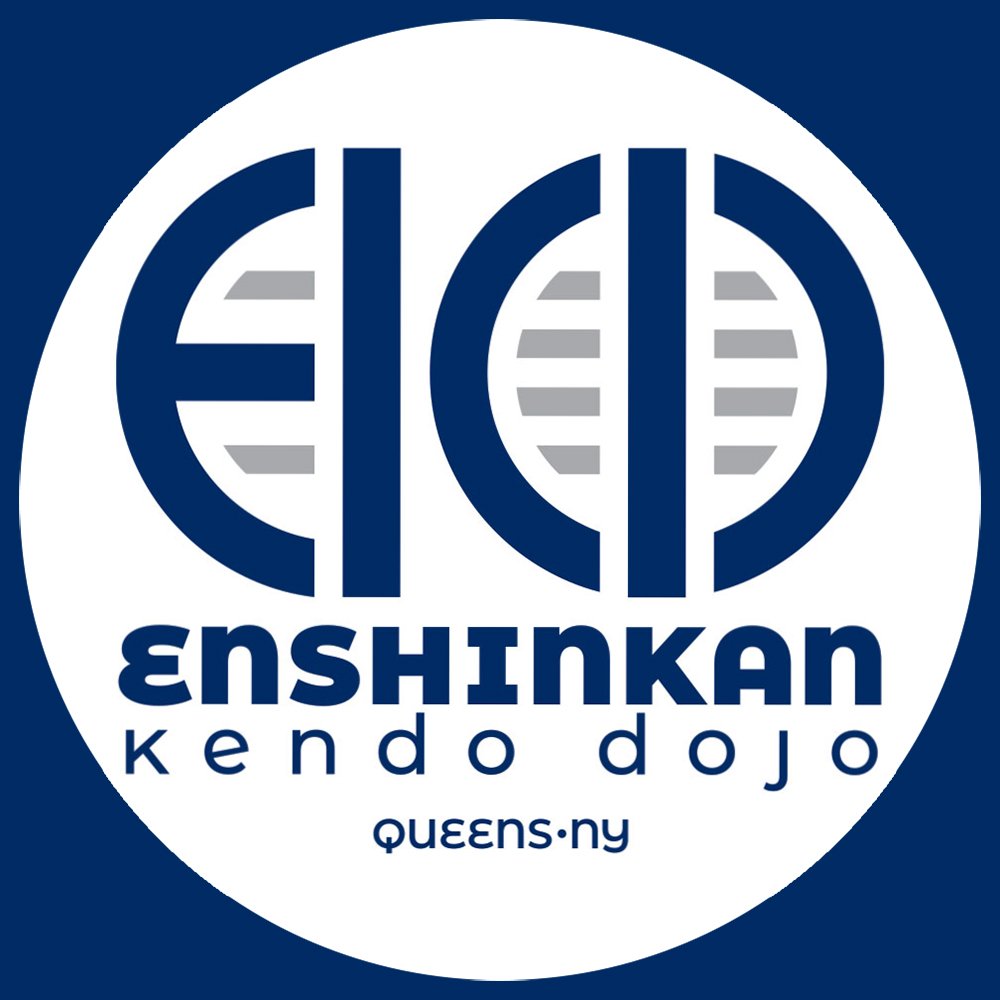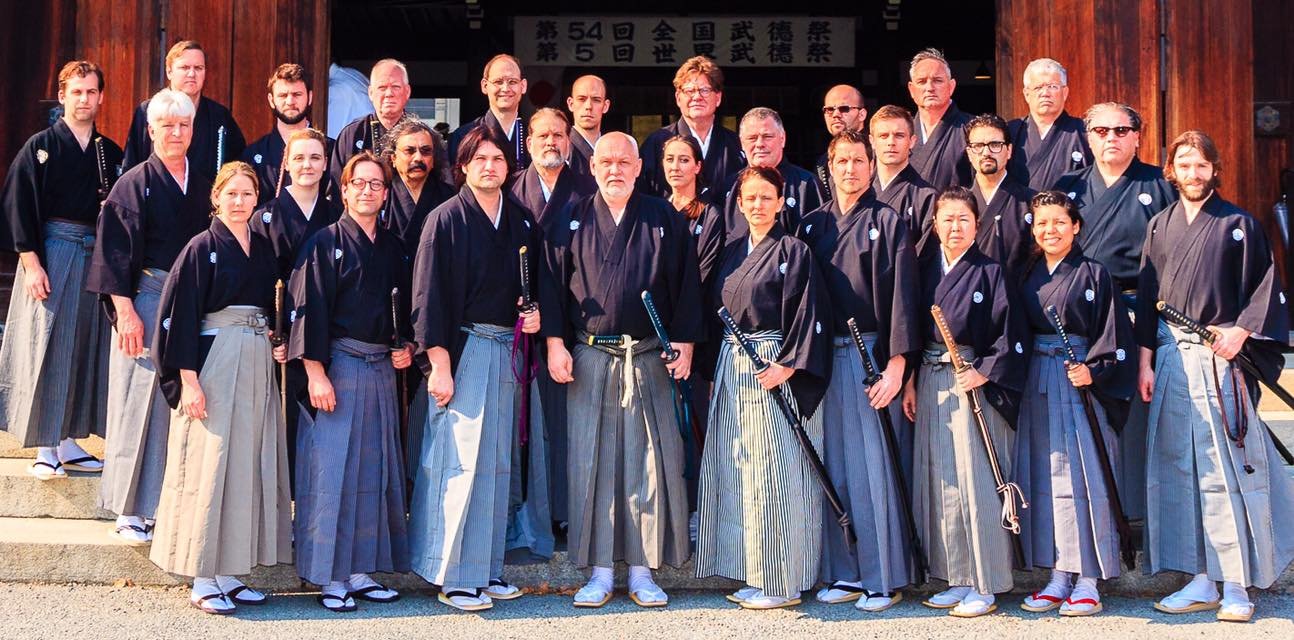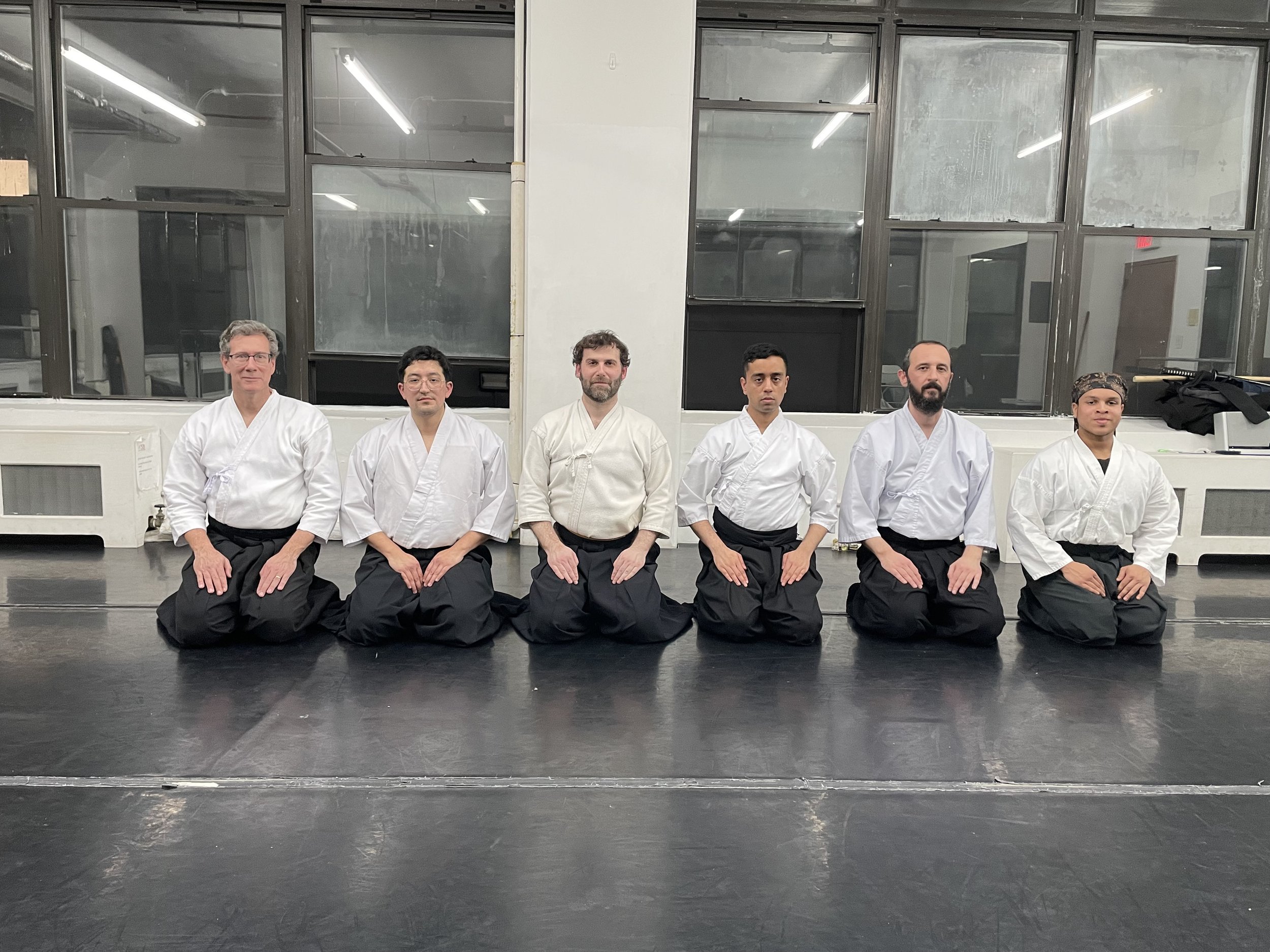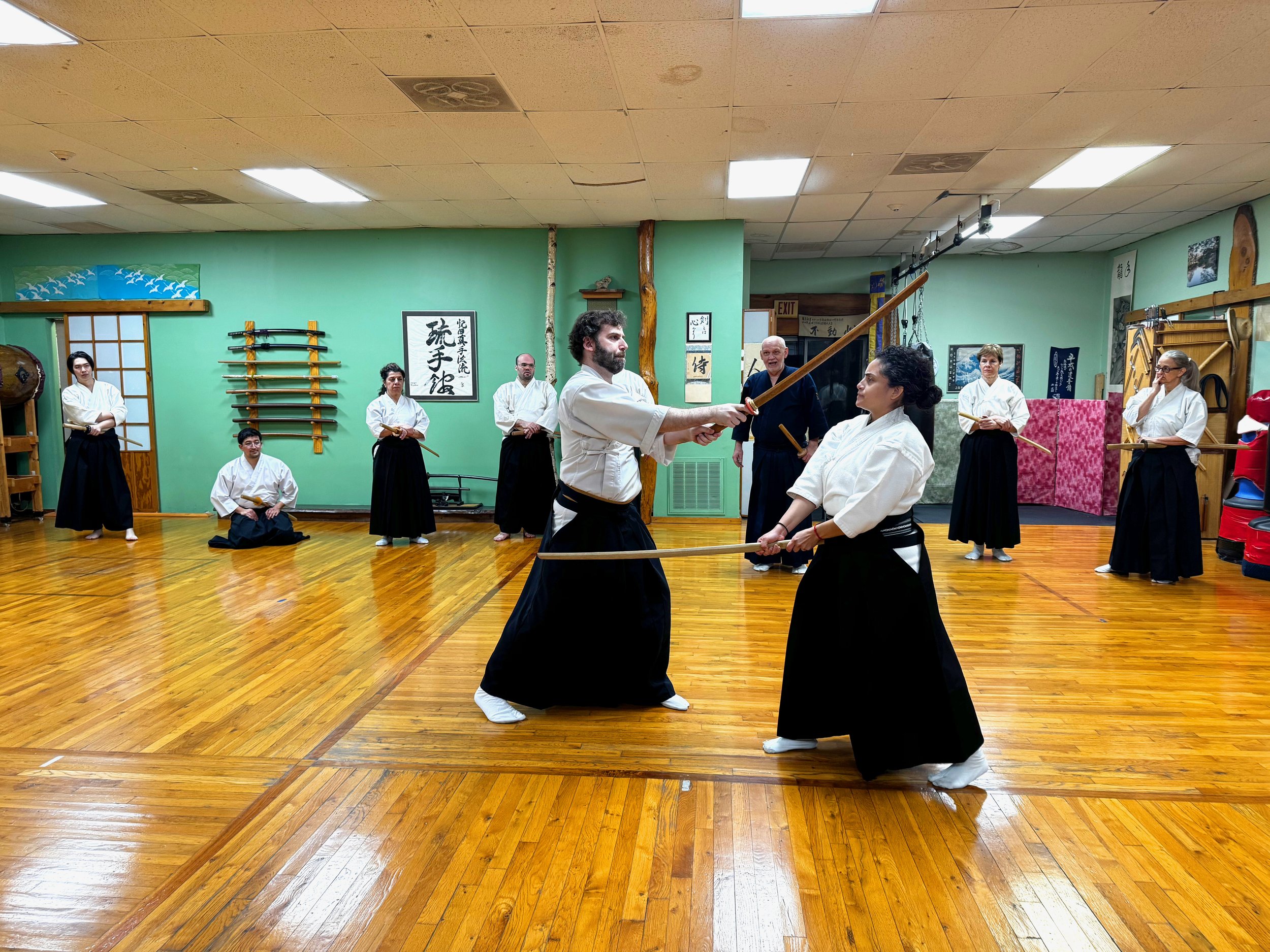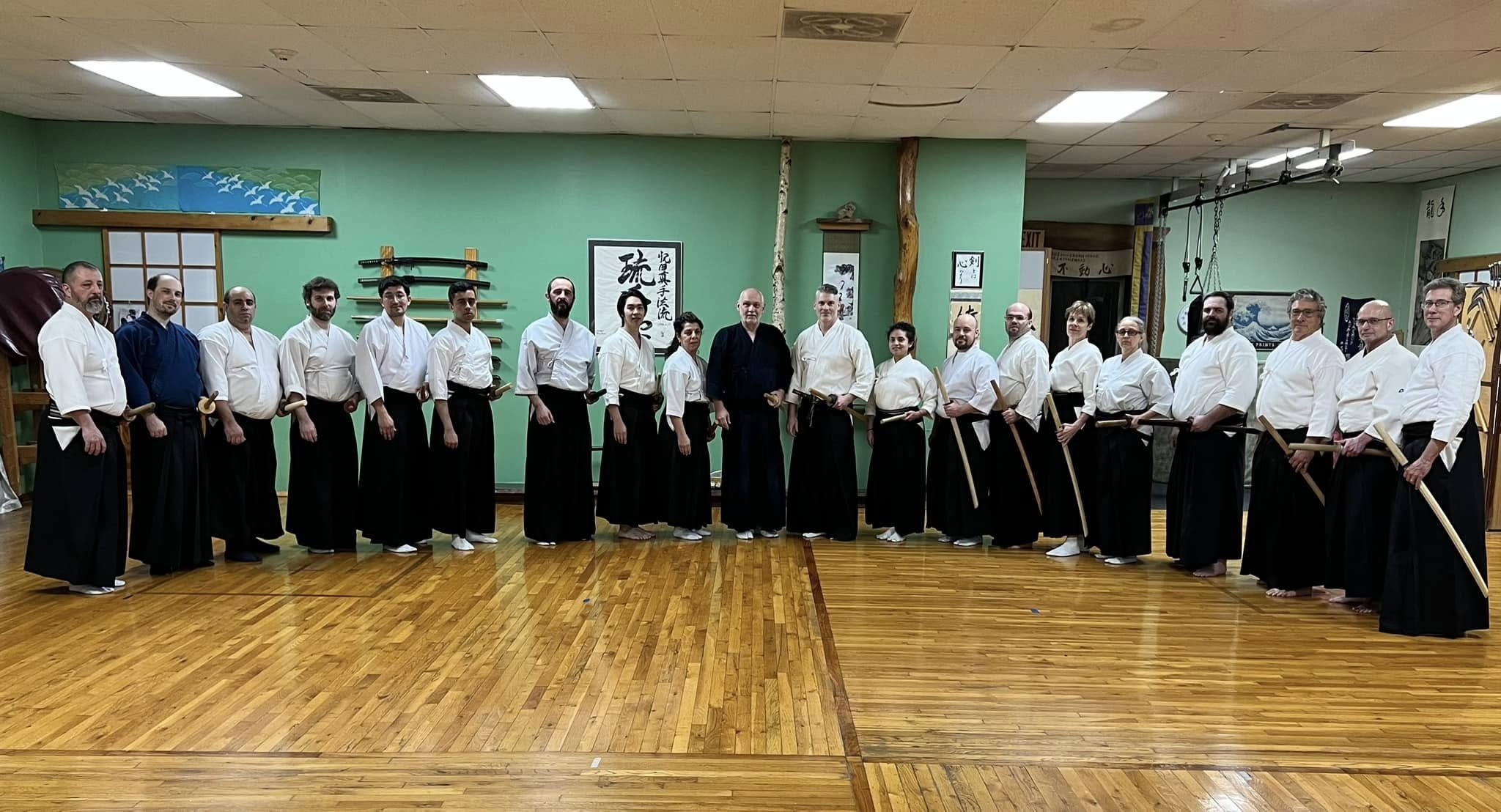IAIJUTSU
Fundamentally, iaijutsu is the art of drawing the sword from its scabbard to thwart an attack. The technique of sword drawing demands precision, as its application is exacting, subtle and rich in variance.
In a duel, after the initial drawing of the sword, all succeeding attacks and counterattacks sum up the art of kenjustsu (swordsmanship).
From a philosophical stance, iai equates to harmony or oneness with the environment, all sentient beings, and the needs of the present moment. The samurai believed such a state of mind could be cultivated through diligent training under the guidance of an authentic teacher. Thus, actualizing iai within became the pinnacle of martial aspiration.
Of the many sword traditions that hail from Japanese masters, the path studied at Enshinkan is Muso Jikiden Eishin Ryu. The origin of the ryu (path) is somewhat steeped in the legend of a duel between a young samurai (the founder, Hayashizaki Jinsuke Shigenobu) and an older more experienced warrior. Faced with an insurmountable task, Hayashizaki prayed for a means of victory and the technique of nukitsuke (drawing and cutting the sword in one flowing stroke) was revealed to him.
Four-and-a-half centuries later, his discovery and the techniques and philosophy that expound upon it are preserved and disseminated by iaijutsu practitioners around the world. The tradition practiced at Enshinkan is of the Masaoka lineage, under the guidance of Carl E. Long Hanshi, So-shihan of the Kokusai Nippon Budo Kai.
From right to left, the 17th-21st generation headmasters of the Masaoka line of Muso Jikiden Eishin Ryu: Oe Masamichi, Masaoka Kazumi, Narise Sakahiro, Miura Takeyuki Hidefusa, Masayuki Shimabukuro
Kokusai Nippon Budo Kai international team in front of the Butokuden in Kyoto for the World Butoku Sai 2016
From right to left: Long Hanshi, Ubertini Sensei and Hooper Sensei, Kagami Biraki at Sakura Budokan, 2025
KNBK Kenkyukai Enshinkan 2025
Batto-Ho Waza
Kumitachi (paired techniques with bokuto (wooden swords)
Long Sensei and the KNBK Kenkyukai
Tachi Uchi no Kurai
KNBK Winter Training with Long Sensei at Ryu Shu Kan Dojo in Long Island, February 2025
